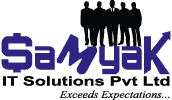IOT Internet of Things Training Class
The IOT Internet of Things Training Class (IOT, sometimes Internet of Everything) is the network of physical objects or “things” embedded with electronics, software, sensors, and connectivity to enable objects to exchange data with the manufacturer, operator and/or other connected devices based on the infrastructure of International Telecommunication Union‘s Global Standards Initiative. The Internet of Things allows objects to be sensed and controlled remotely across existing network infrastructure, creating opportunities for more direct integration between the physical world and computer-based systems, and resulting in improved efficiency, accuracy and economic benefit. Each thing is uniquely identifiable through its embedded computing system but is able to interpret within the existing Internet infrastructure. Experts estimate that the IoT will consist of almost 50 billion objects by 2020.Learn all in IOT Internet of Things Training Class.
All your stuff may actually be linked to the interwebs so that they can obtain information, “talk” to each other, and give the user useful data eventually leading him/her to lead more efficient lives.

Duration
2.5 Months including Lab
Eligibility
Undergraduates, Graduates
Post-Graduates
Job Aspirants
School Going Students
Pre-requisites
Basic Computers

IoT Industries
Several environments within the three groups of consumers, governments, and ecosystems will benefit from the it. These include:
| Manufacturing | Transportation | Defense | Agriculture |
| Infrastructure | Retail | Logistics | Banks |
| Oil, gas, and mining | Insurance | Connected Home | Food Services |
| Utilities | Hospitality | Healthcare | Smart Buildings |
IoT Companies
There are literally hundreds of companies linked to the Internet of Things, and the list should only expand in the coming years. Here are some of the major players that have stood out in the IoT to this point:
| Honeywell (HON) | Hitachi | T-Mobile (TMUS) | Comcast (CMCSA) |
| GE (GE) | AT&T (T) | Cisco (CSCO) | IBM (IBM) |
| Amazon (AMZN) | Skyworks (SWKS) | Apple (AAPL) | Sierra Wireless (SWIR) |
| Google (GOOGL) | Iridium Communications (IRDM) | Ambarella (AMBA) | ARM Holdings (ARMH) |
| Texas Instruments (TXN) | PTC (PTC) | Fitbit (FIT) | ORBCOMM (ORBC) |
| Garmin (GRMN) | Blackrock (BLK) | InvenSense (INVN) | Microsoft (MSFT) |
| Control4 (CTRL) | Silicon Laboratories (SLAB) | CalAmp (CAMP) | LogMeIn (LOGM) |
| InterDigital (IDCC) | Ruckus Wireless (RKUS) | Linear Technology (LLTC) | Red Hat (RHT) |
| Nimble Storage (NMBL) | Silver Spring Networks (SSNI) | Zebra Technologies (ZBRA) | Arrow Electronics (ARW) |
IoT Platforms
One IoT device connects to another to transmit information using Internet transfer protocols. IoT platforms serve as the bridge between the devices’ sensors and the data networks.
The following are some of the top IoT platforms on the market today:
- Amazon Web Services
- Microsoft Azure
- ThingWorx IoT Platform
- IBM’s Watson
- Cisco IoT Cloud Connect
- Salesforce IoT Cloud
- Oracle Integrated Cloud
- GE Predix
Below, we’ve provided a glossary defining the Internet of Things:
- Internet of Things: A network of internet-connected objects able to collect and exchange data using embedded sensors.
- Internet of Things device: Any stand-alone internet-connected device that can be monitored and/or controlled from a remote location.
- Internet of Things ecosystem: All the components that enable businesses, governments, and consumers to connect to their IoT devices, including remotes, dashboards, networks, gateways, analytics, data storage, and security.
- Entity: Includes businesses, governments, and consumers.
- Physical layer: The hardware that makes an IoT device, including sensors and networking gear.
- Network layer: Responsible for transmitting the data collected by the physical layer to different devices.
- Application layer: This includes the protocols and interfaces that devices use to identify and communicate with each other.
- Remotes: Enable entities that utilize IoT devices to connect with and control them using a dashboard, such as a mobile application. They include smartphones, tablets, PCs, smartwatches, connected TVs, and nontraditional remotes.
- Dashboard: Displays information about the IoT ecosystem to users and enables them to control their IoT ecosystem. It is generally housed on a remote.
- Analytics: Software systems that analyze the data generated by IoT devices. The analysis can be used for a variety of scenarios, such as predictive maintenance.
- Data storage: Where data from IoT devices is stored.
- Networks: The internet communication layer that enables the entity to communicate with their device, and sometimes enables devices to communicate with each other.
Course Content
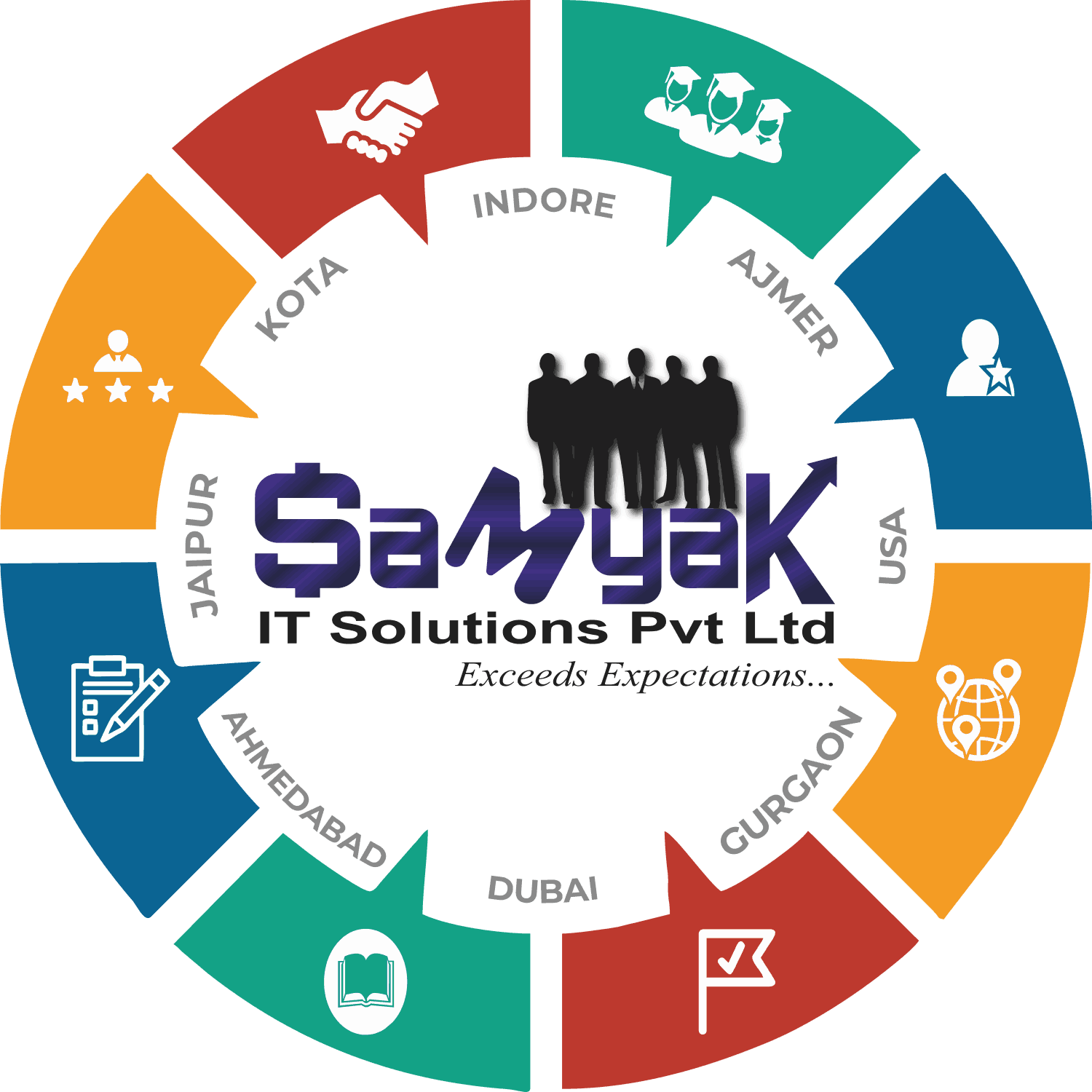
NSDC certification is aimed at improving the employability of individuals and making them more skilled and productive. The certification is available in a wide range of fields, including healthcare, beauty and wellness, retail, hospitality, IT, and many others.
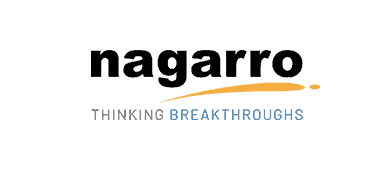

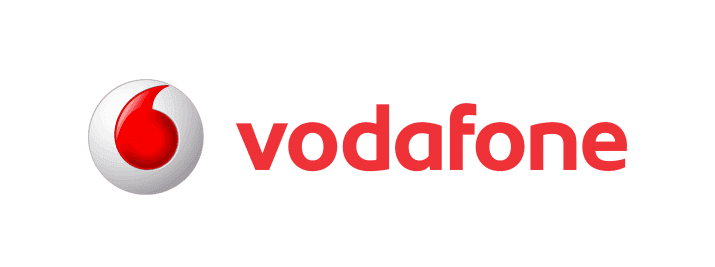
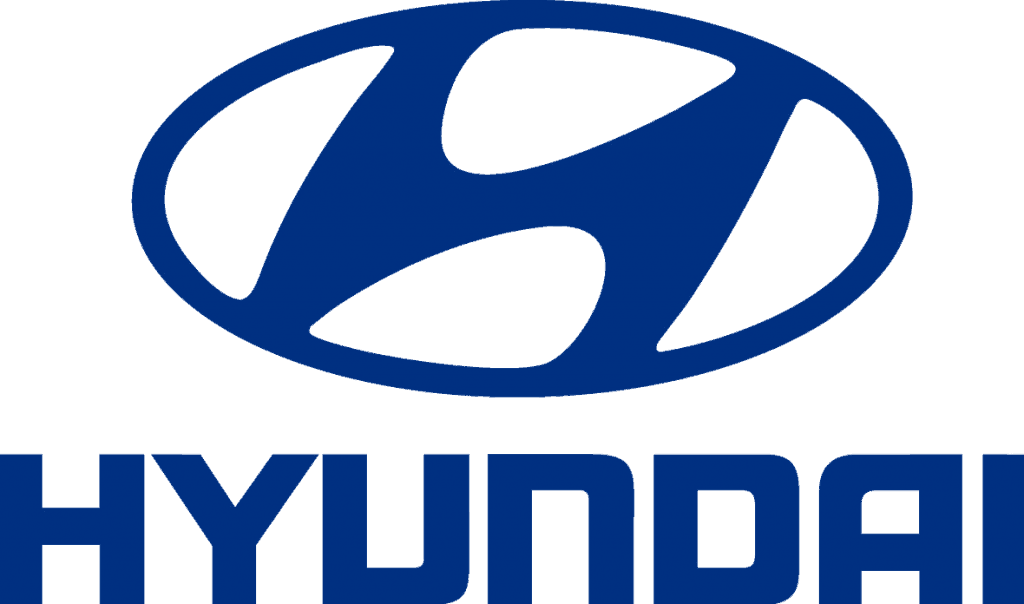


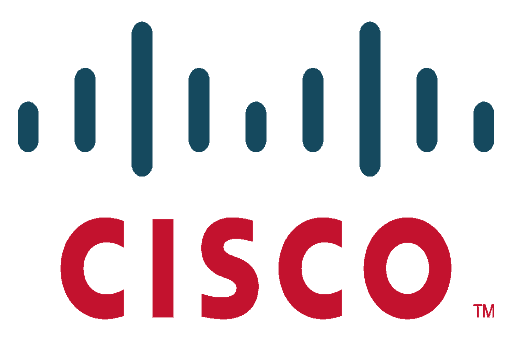
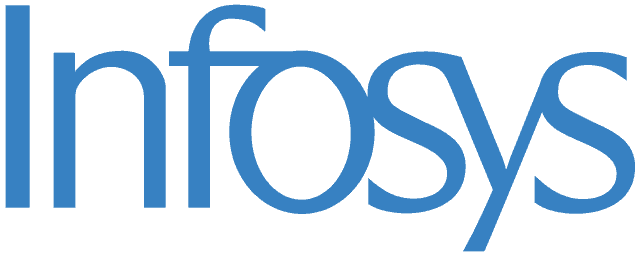



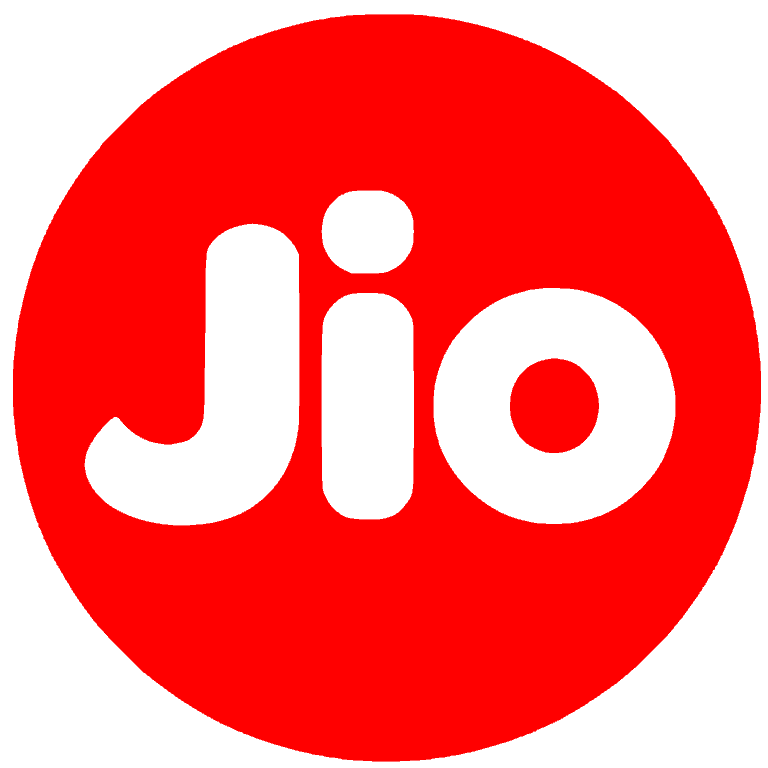
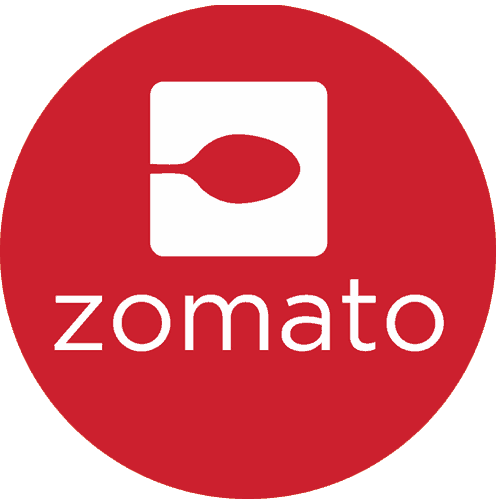

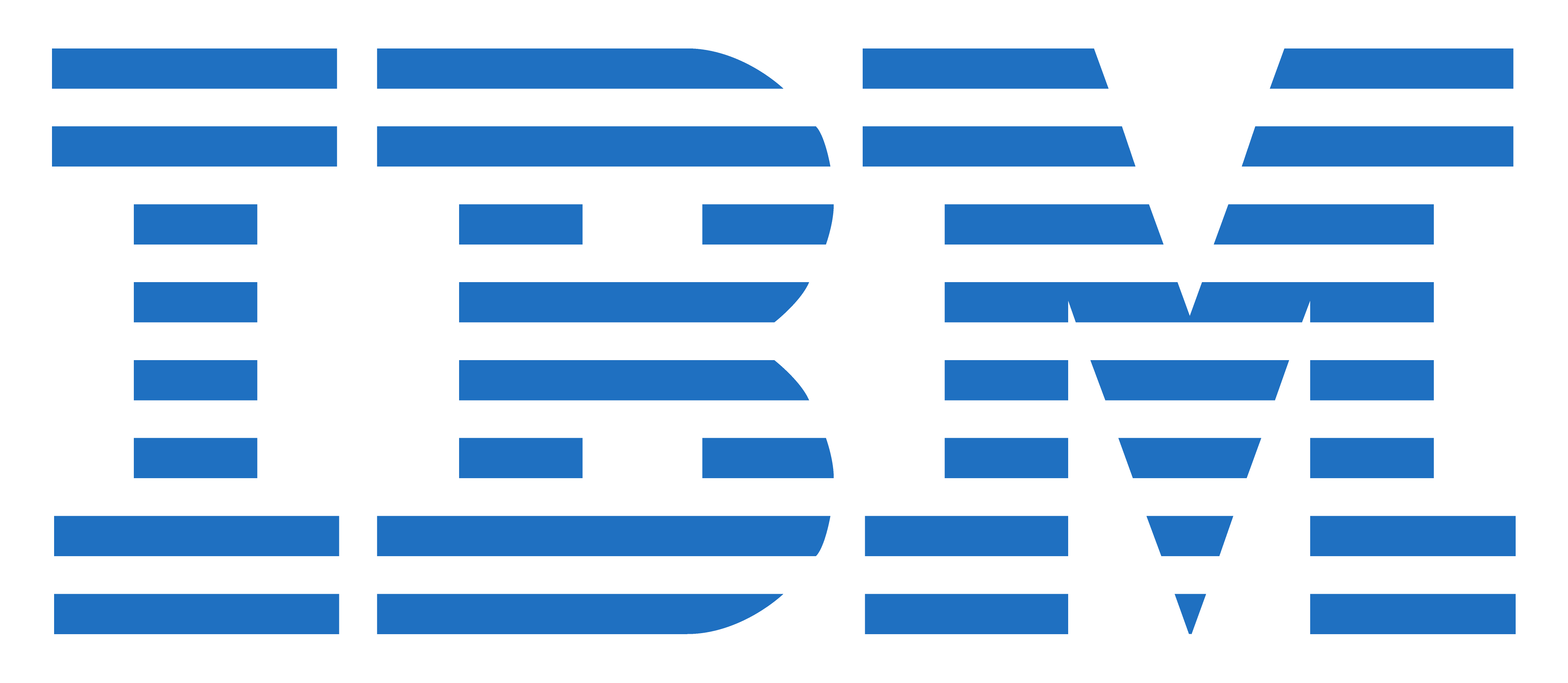
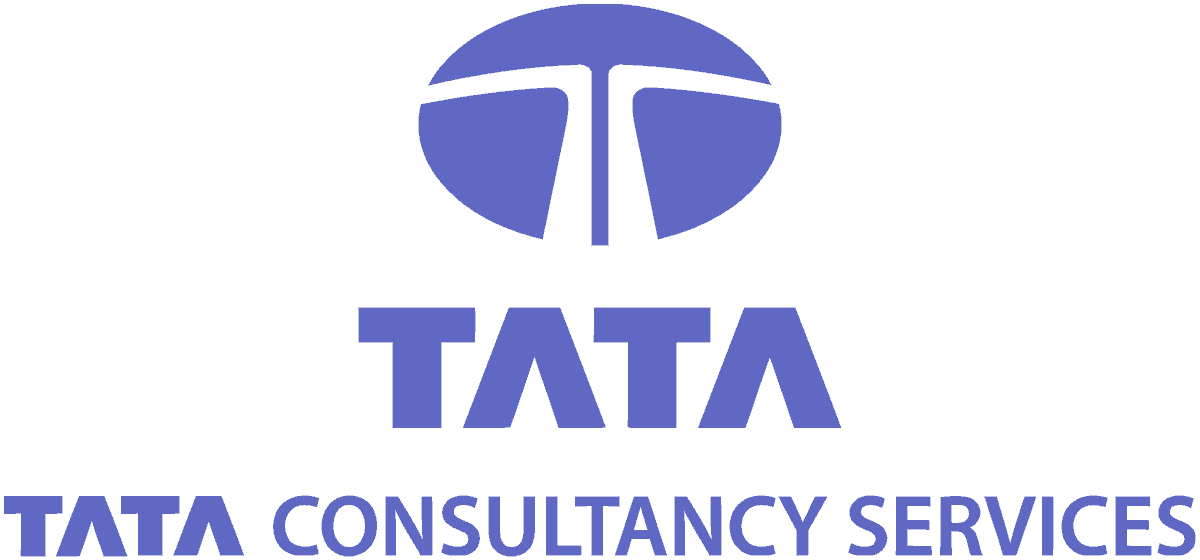
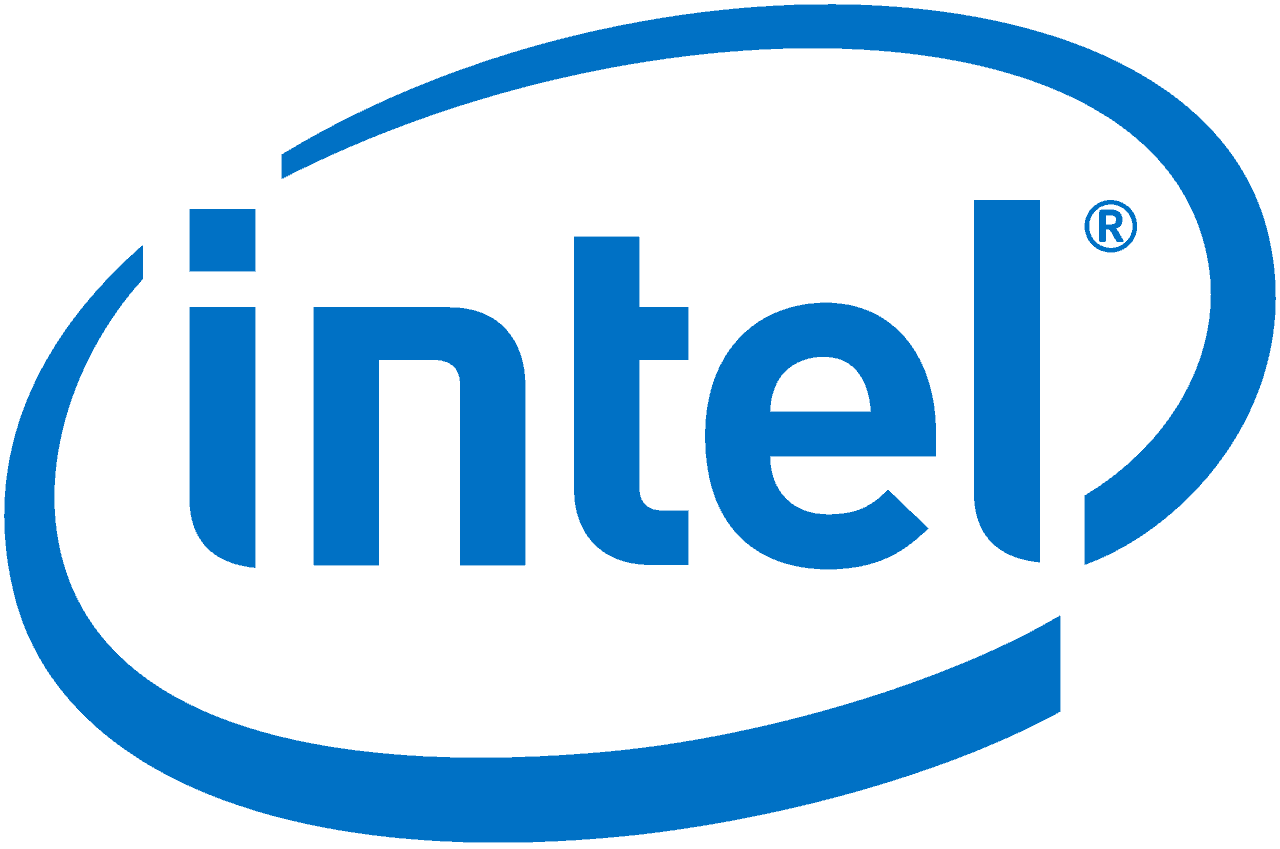

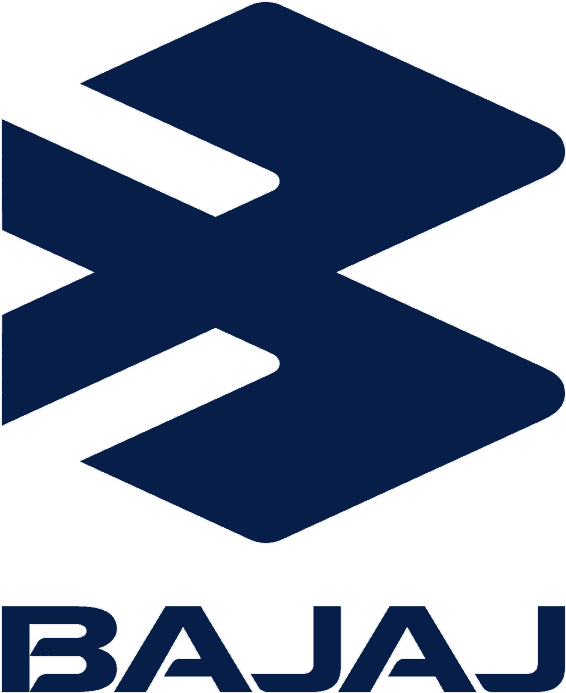
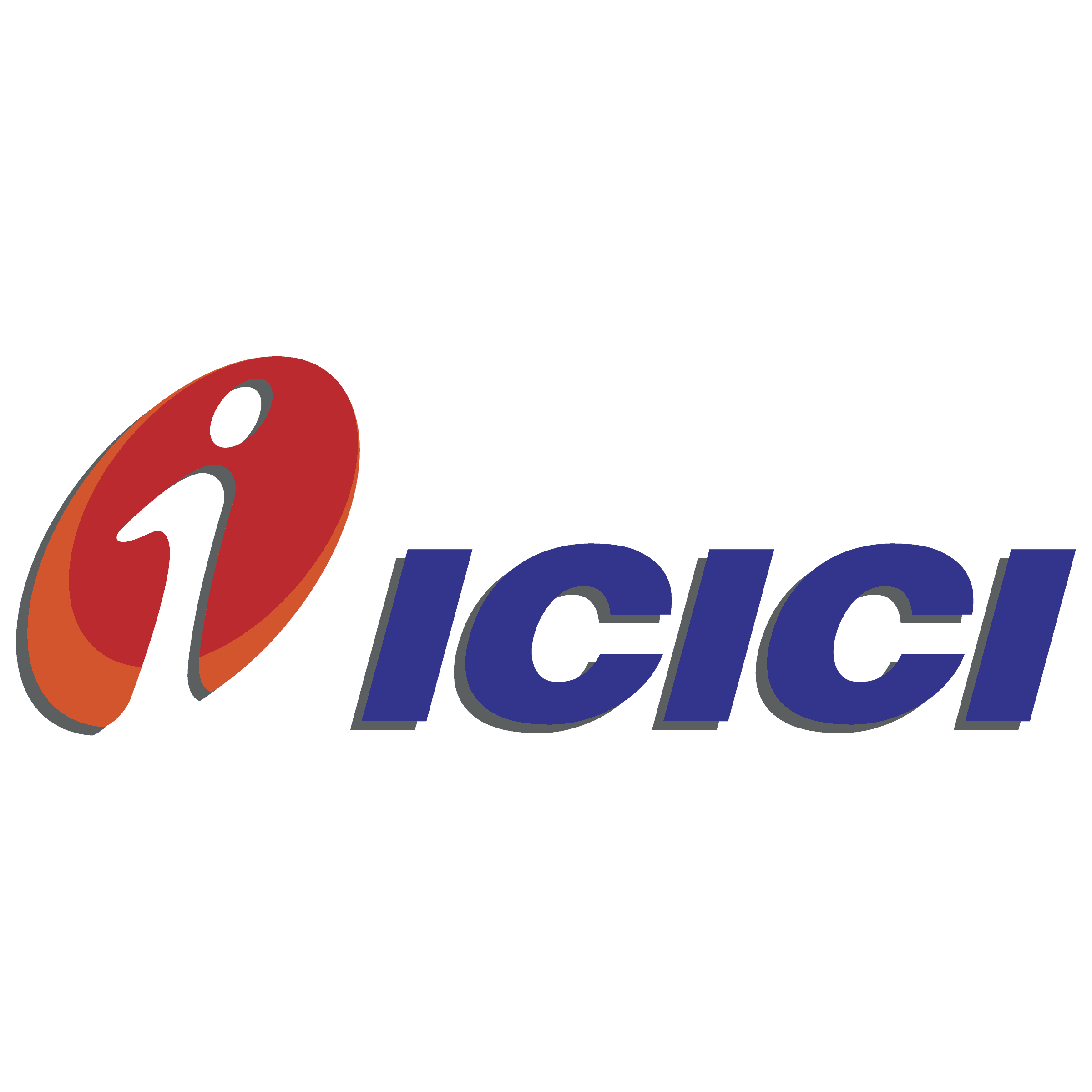
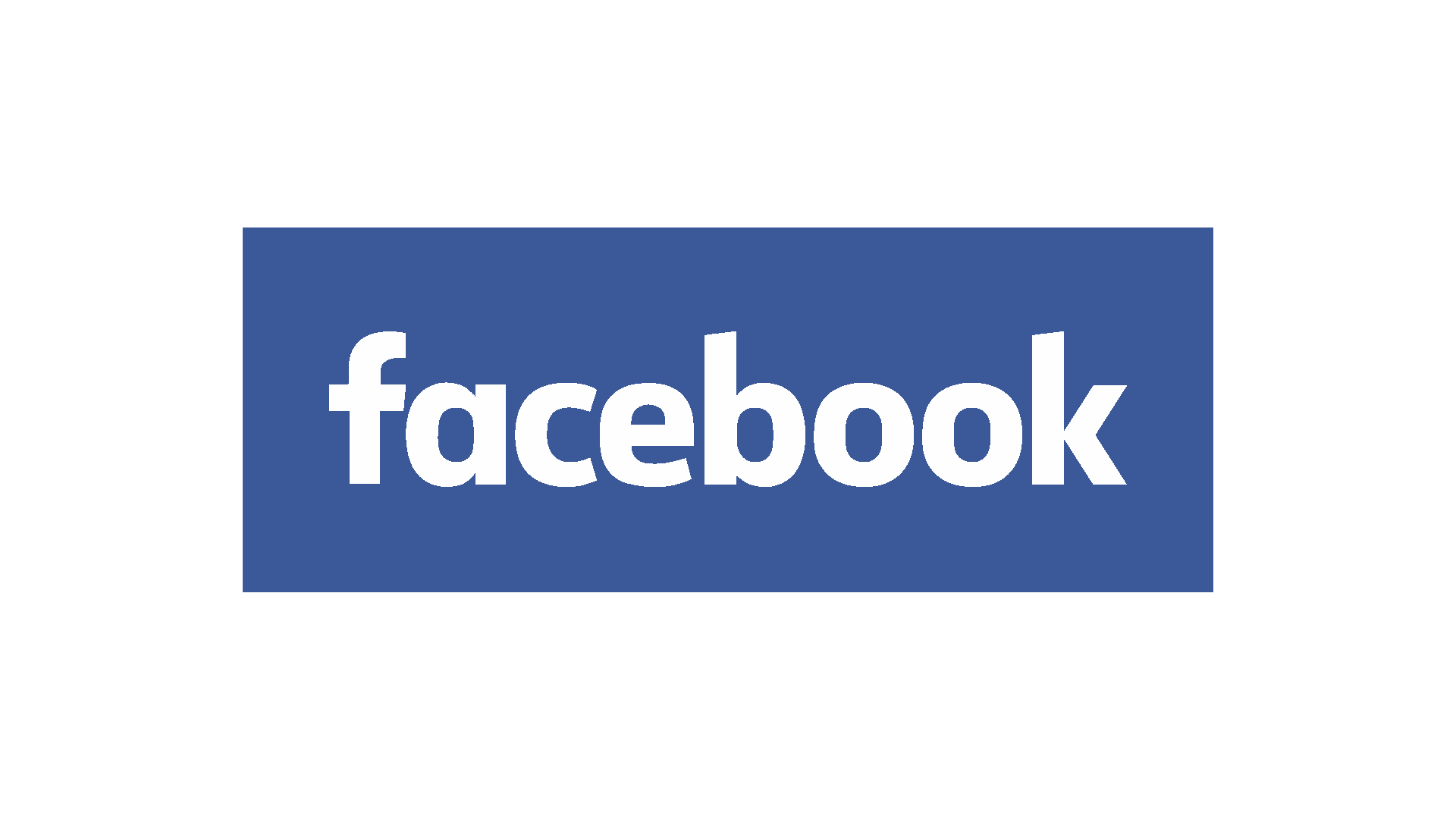











The main point of this program is they immidiately bring the necessary changes in the course curriculam to keep the course updated with the changing technology.and systems are also updated highly experienced staff produce creative qualities in students.
Well manage institute.
Every IT and computer science field and computer related students must join in samyak computer classes.
Students have lot of skills and perform best in technical field after completing education in this institute.
It fulfill all the requirement of computer education.
Good staff.
Good management.
Thankuu Samyak


Really very good faculty they have. I learnt many concept easily.
I suggest others to do so.
All topics covered with proper practical session.
Good and healthy environment is there.
They are covering maximum syllabus for the Big data, As well as giving corporate data sets for the self practices.
I am very happy to do course from here.
